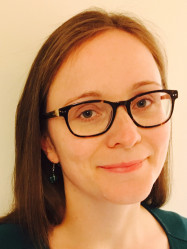BibTex format
@article{Turcani:2019:10.1021/acs.chemmater.8b03572,
author = {Turcani, L and Greenaway, RL and Jelfs, KE},
doi = {10.1021/acs.chemmater.8b03572},
journal = {Chemistry of Materials},
pages = {714--727},
title = {Machine learning for organic cage property prediction},
url = {http://dx.doi.org/10.1021/acs.chemmater.8b03572},
volume = {31},
year = {2019}
}

